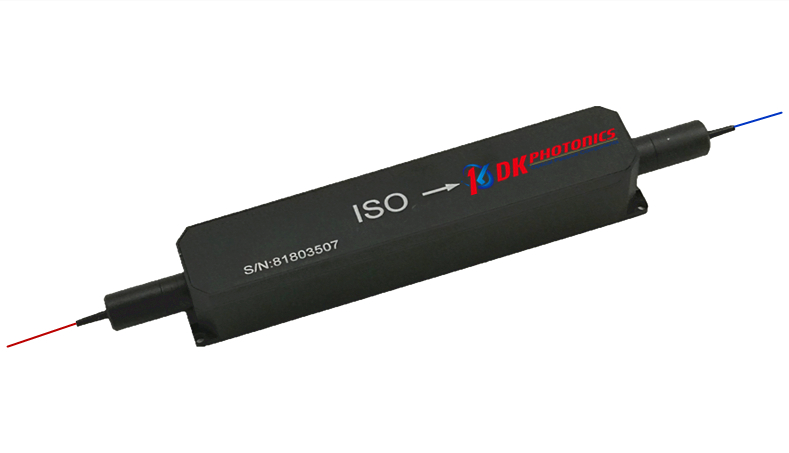Isolators are basically types of switching devices that work to make sure that a circuit is not totally triggered to perform the preservation. They are also recognizable just like isolation switches that isolate the circuits. These switches are very much used in the distribution of electrical power, industrial areas, etc. Besides, the high voltage type isolation such as 1064nm High Power Isolators are used in substations for allowing isolation of tools like circuit breakers, transformers, and so on.

Different types of high power isolators:
The high power isolators are majorly classified into three types:
- Single break type isolator:
In a single break type isolator, the arm contact is divided into two elements namely the male contact, and female contact. The arm contact moreover shifts from its place because of the post insulator rotation upon which these arm contacts are attached.
- Double break type isolator:
The double break type isolator typically consists of three loads of post insulators. The middle one holds a tubular or flat male contact that can further be turned straight by a quick spin of the middle post insulator. The spin can be done by a lever method at the bottom side of the post insulator and is related to the manual operation of the isolator.
- Pantograph type isolator:
The pantograph type high power isolator permits the current switchgear installation, and also requires the least space as compared to the above two. A pantograph isolator includes a post insulator and an operating insulator.
The workings of power isolators:
Working with an electrical isolator is very easy and it can be operated in different ways such as semi-automatic, fully-automatic, and manually operated. They are also sometimes used as switches that can be closed and opened based on the requirements and demands. However, many times, electrical isolators are also used in a fixed position permanently so as to keep the isolation such as in transformers, electrical transmission lines, and grid stations.
Major applications of an isolator:
The primary applications of the isolator include the following:
- Isolators are safeguarded with a locking system on the external side, or with a lock to stop accidental utilization.
- In substations: Isolators are also used in substations when a fault occurs, and further cuts out a portion of a substation.
- In high voltage devices: The application also involves high voltage devices like transformers.
- Signal isolation: It can also be used for the isolation of signals.
Hence, this is all about an overview of the electrical or high power isolators. Moreover, they can be operated with the use of a motorized mechanism and also by hand. The latter option happens to be very inexpensive as compared to the motorized arrangements.